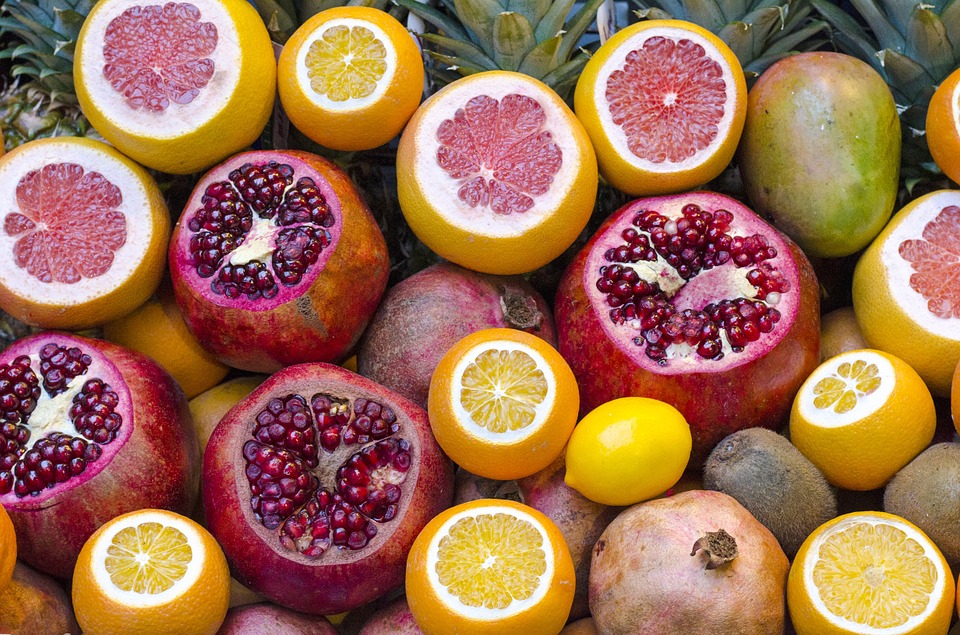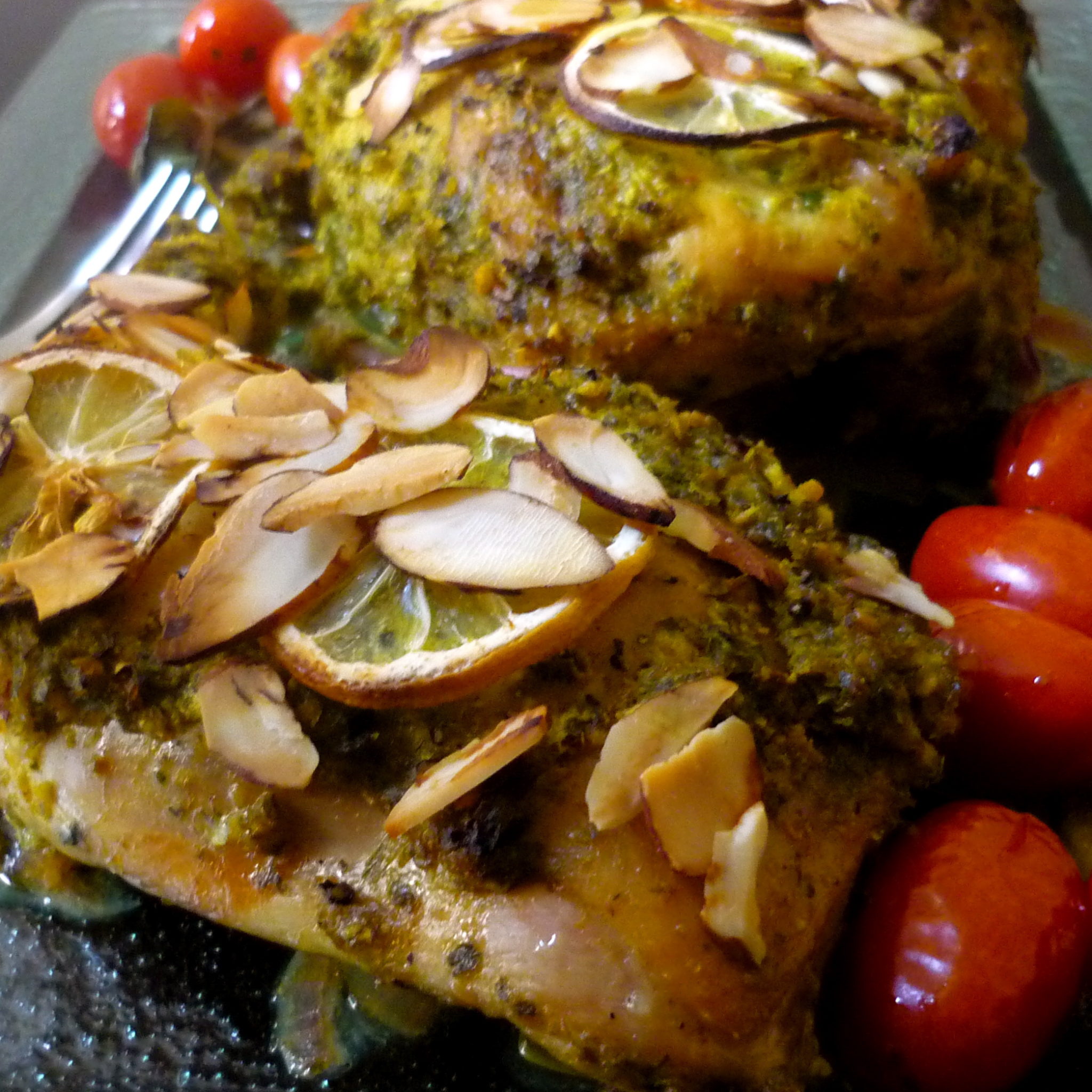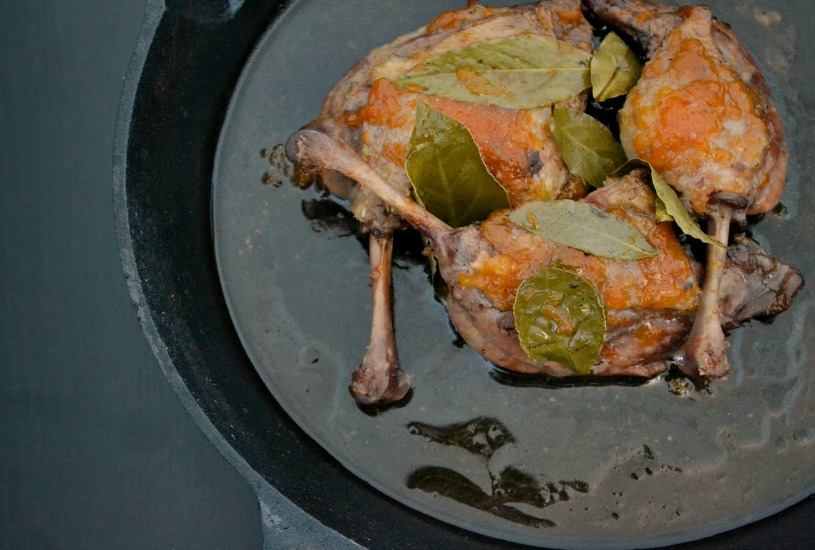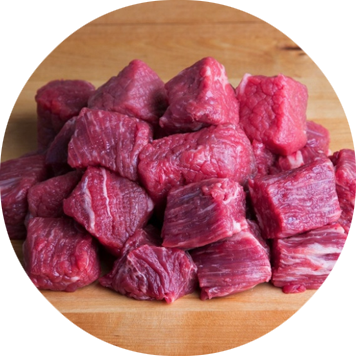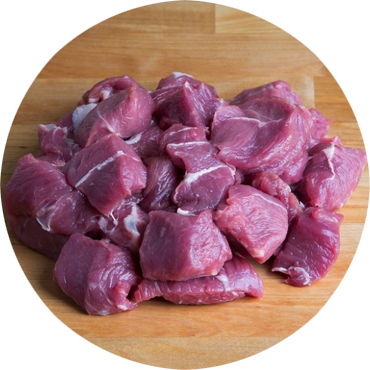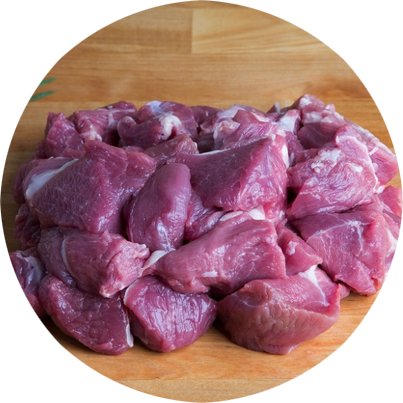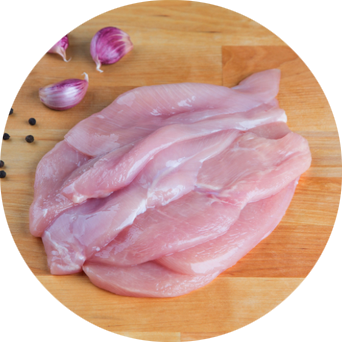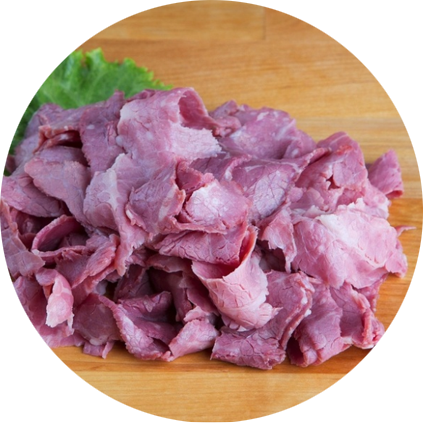Stuffed cabbage is traditionally associated with the holiday of Sukkot, which falls during the autumn harvest when cabbage is king. Because cabbage is so ubiquitous in the region, many Slavic cultures have a tradition of stuffing cabbage leaves. The Jewish version usually involves ground beef and rice, and sometimes sauerkraut, too. Instead of kraut, we fold in our spicy Ashkenazi Kimchi to add an extra kick. Both versions of this recipe work great with sauerkraut, so feel free to substitute it wherever kimchi is indicated as an ingredient. You may need to drain the kimchi or sauerkraut in order to chop it, but reserve any excess brine and stir it into the sauce and filling. If using store-bought kimchi, we caution against purchasing only the spicy variety, which can be very, very hot. A mix of mild and spicy kimchi will balance perfectly with the added spice in this recipe. Note that this is a longer, more involved recipe.
Makes 12 large cabbage rolls.
Recipe excerpted with permission from The Gefilte Manifesto by Jeffrey Yoskowitz and Liz Alpern.
Photo by Lauren Volo
Ingredients:
FOR THE SAUCE:
- Grapeseed or vegetable oil, for sautéing
- 2 medium onions, thinly sliced
- ¼ cup tomato paste
- 1 (28-ounce) can crushed tomatoes
- ½ teaspoon freshly ground black pepper
- ¼ cup packed dark brown sugar
- 2 teaspoons red wine vinegar
- ¼ teaspoon hot paprika (cayenne pepper is a fine substitute, but both are optional for extra spice)
- 2 cups finely chopped kimchi, store-bought or homemade
- ¼ cup fresh lemon juice
- Kosher salt
FOR THE MEAT FILLING:
- 1 1/2lbs Grow and Behold Ground Beef
- ¾ cup jasmine or basmati rice
- 2 cups water
- 2 teaspoons grapeseed or vegetable oil
- 1 teaspoon kosher salt
- ½ teaspoon freshly ground black pepper
- ½ teaspoon smoked paprika
- 1 cup finely chopped kimchi, store-bought or homemade (page 68)
- 1 large egg, lightly beaten
- 2 tablespoons bread crumbs
Instructions:
- To make the sauce: In a medium saucepan over medium heat, heat enough oil to coat the bottom of the pan. Add the onions and sauté until they begin to turn translucent, about 5 minutes. Stir in the tomato paste to coat the onions and cook for about 2 minutes. Add the crushed tomatoes, pepper, brown sugar, vinegar, and paprika (if using) and cook at a low simmer, covered, for about 20 minutes. Remove from the heat, stir in the kimchi and any reserved brine, the lemon juice, and salt to taste. Set aside.
- To make the meat filling: Pour the rice and water into a small saucepan and bring to a boil. Reduce the heat to maintain a simmer and cook for 5 minutes. Remove from the heat, drain through a fine-mesh strainer, and rinse with cold water. Set aside.
- In a skillet, heat the oil over medium heat. Add the beef and sauté, turning the meat over with a wooden spoon until evenly browned. Add the cooked rice, salt, pepper, paprika, and kimchi to the pan. Sauté for 2 minutes more, then transfer the mixture to a large bowl. Stir in the egg, bread crumbs, and any reserved kimchi brine.
- To assemble the cabbage rolls: Bring a large soup pot of salted water to a boil. Remove the core of the cabbage with a long, sharp knife, very carefully cutting out a cone shape around the core and removing as large a chunk of the core as you can. This helps separate the leaves easily. Place the cabbage in the boiling water and cook for about 4 minutes.
- Using tongs or two forks, remove the cabbage from the pot and carefully peel off any leaves that have become loose and translucent. Be careful and try to keep the leaves intact as best you can. Place the translucent leaves in a colander to drain, then return the cabbage to the pot and boil for 3 to 4 minutes more. Repeat the process until you have 12 large leaves. Pat the leaves dry with paper towels if still wet.
- Preheat the oven to 300oF. Spread a layer of the sauce over the bottom of a large, high-walled oven-safe dish or a Dutch oven. Set aside.
- Working with one leaf at a time, lay the leaf flat, rib side up, and use a paring knife to slice off the tough, raised part of the rib. Flip the leaf over and scoop 1 cup of the filling into the center. Try to keep the stuffing together in one clump.
- Fold up the “bottom” of the leaf (where the core was attached) and lift it over the filling, about halfway up the cabbage leaf. While holding down the first fold with one hand, use the other to take the left side of the leaf and lay it over the first fold. Roll the leaf all the way to the right side and keep it tight. The top of the roll will be untucked. Push it down into the roll, forcing the top into the opening with your thumb or forefinger, which will form a tight little bundle. As you finish them, place the rolls into the baking dish, on top of the sauce.
- Once all your rolls are in the baking dish, pour the remaining sauce over them. If there’s not enough sauce to cover them entirely, add water until the rolls are covered. Cover the baking dish with a lid or aluminum foil and bake for 21 to 3 hours. Check after 1 hour. If the rolls are no longer covered with liquid, add more water. Check again at the 2-hour mark and add more water, if necessary.
- Stuffed cabbage is ready when the rolls feel completely soft when pressed with a finger (careful, they’re hot). Remove from the oven and serve immediately, or prepare up to 2 days in advance and reheat in the oven before serving. If reheating, just be sure the cabbage rolls are covered with liquid and do not dry out. Serve the cabbage rolls hot, drizzled with extra sauce and garnished with parsley and celery leaves.

